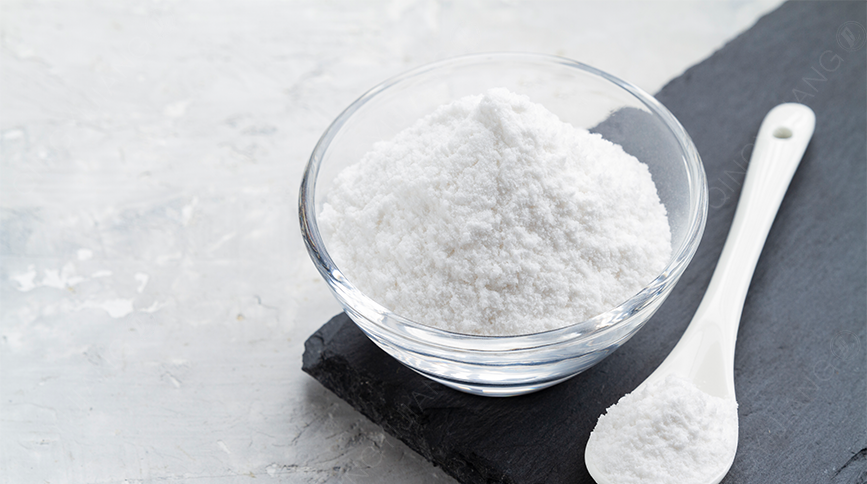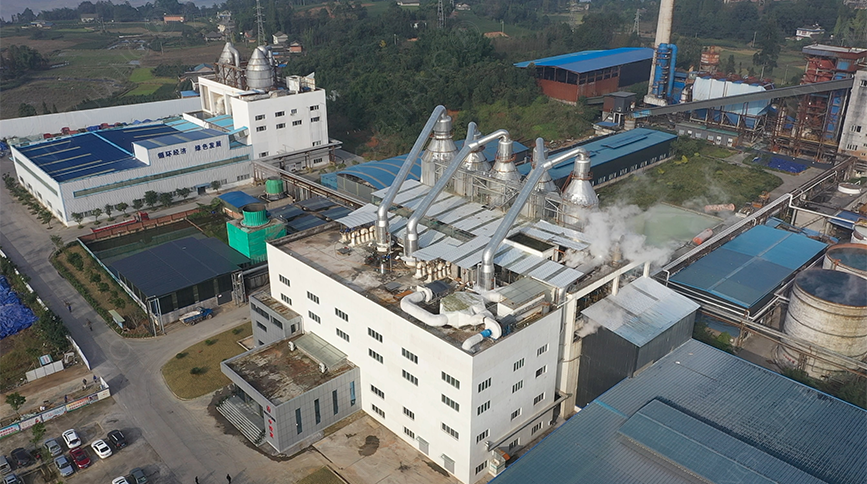Pharmaceutical?Grade Glauber’s Salt Applications: Innovative Breakthroughs from Traditional Excipient to Core Biopharmaceutical Material
QYJSSA/June 30,2025
Introduction: When an Ancient Mineral Meets the Biotech Revolution
At Merck KGaA’s Life Science laboratory in Darmstadt, Germany, white crystalline Glauber’s salt (sodium sulfate decahydrate) with 99.99% purity is being introduced into an insulin lyophilization production line. This naturally sourced salt, long used in Traditional Chinese Medicine, is now reinvented by global biopharma leaders for cutting?edge fields such as gene editing and targeted drug delivery. From the purgative described in the Treatise on Febrile Diseases to a critical excipient in mRNA vaccines, the pharmaceutical value of Glauber’s salt is being redefined through technological innovation.
Modern Deconstruction of Traditional Medicinal Value: From Empirical Remedies to Rigorous Standards
In ancient Chinese pharmacopeia, Glauber’s salt (known as Xuanmingfen)—a weathered form of mirabilite—was recorded in the Compendium of Materia Medica for its “heat?clearing” laxative effect. Today, pharmaceutical?grade sodium sulfate production has shifted from artisanal processing to fully standardized industrial manufacture. The U.S. Pharmacopeia (USP) mandates a minimum of 99.0% sodium sulfate content and limits arsenic and other heavy?metal impurities to no more than 20?ppm—far exceeding the 95% purity required of industrial grade.

Figure 1: Product Image of Qingyijiang Sodium Sulphate Co.
This transformation is powered by disruptive process innovations. Qingyijiang Sodium Sulphate Co. employs a mechanical vapor recompression (MVR) low?temperature drying system to crystallize continuously at 32?°C, controlling moisture content to ±0.1% and reducing energy consumption by 23% versus traditional weathering methods. International pharma standards are even more exacting: Merck KGaA’s continuous crystallization line achieves batch?to?batch coefficient of variation (CV) below 0.5%, delivering the ultra?stable material needed as an insulin lyoprotectant.
International Pharma’s Technical Leap: From Supportive Excipient to Core Material
1. Sigma?Aldrich: Pioneer of Nano?Scale Targeted Delivery
As the world’s largest supplier of pharma?grade sodium sulfate, Sigma?Aldrich offers material meeting USP/NF, EP, and JP standards. Its 99.99% pure, nano?sized sodium sulfate (particle size <?10?μm) is integral to lipid nanoparticle (LNP) delivery systems in mRNA vaccines. In Pfizer/BioNTech’s 2023 COVID?19 vaccine iteration, their sodium sulfate acted as an osmolarity regulator, ensuring stability at –70?°C; the formulation is registered with the FDA’s DMF (No.?023456).
In cell?therapy manufacturing, Sigma?Aldrich’s low?endotoxin grade (<?0.05?EU/mg) is a critical component of CAR?T cell culture media. Their smart plant in Missouri leverages AI?driven control of the crystallization process to maintain Na? concentration within ±0.3% of target, underpinning precision?medicine supply chains.
2. Merck KGaA: Continuous Crystallization Redefines Formulation Science
Merck’s pharmaceutical?grade sodium sulfate facility in Darmstadt exemplifies Industry?4.0. A fully enclosed continuous crystallizer, monitored by near?infrared spectroscopy, keeps product purity above 99.98%. This breakthrough elevated Glauber’s salt from tablet excipient to insulin?pen lyoprotectant: in Novo Nordisk’s long?acting insulin, Merck’s material balances osmotic pressure to extend shelf life from 18 to 24?months.
Their end?to?end quality system uses blockchain to trace material from mirabilite mining through filling lines. Each batch undergoes 72 tests—including genotoxic impurity screening—earning Merck the designation of “Reference Standard Material” by the EMA.
3. Sakai Chemical Industry: Invisible Champion of Biopharma Buffers
In Asia’s biopharma buffer market, Japan’s Sakai Chemical Industry commands a 40% share. Their secret is ultra?pure sodium sulfate (<?0.1?EU/mg endotoxin) for monoclonal antibody buffer formulations. In 2022, Sakai’s buffer system enabled Roche’s PD?L1 inhibitor to maintain <?1% aggregation after six months at 37?°C accelerated stability testing—surpassing industry benchmarks.
Sakai’s fully automated production—from raw?material purification to sterile filling—relies solely on machine?vision inspection of crystal morphology. This yields a 99.97% batch?release rate and secures strategic supply agreements with Takeda and Eisai.
Expanding Application Boundaries: Full?Spectrum Penetration from Small Molecules to Biologics
Gene Therapy: Nano?Scale Transformation
Sigma?Aldrich’s nano?sulfate is employed in Cas9 protein delivery vehicles for CRISPR editing. Controlled particle sizes (5–10?μm) boost transfection efficiency threefold; a 2024 Nature Biotechnology report details a 40% reduction in off?target effects in Editas Medicine’s ophthalmic gene therapy trials.
Vaccine Adjuvants: Stability Revolution
Merck’s lyophilization excipient blend (sodium sulfate + trehalose) enabled Moderna’s influenza vaccine to remain stable for 30?days at 25?°C—a tenfold improvement over prior formulations. The WHO has incorporated this technology into its global vaccine stockpile guidelines.
Personalized Medicine: Material Basis for Precise Dosing
Sakai’s “smart crystallization” platform, developed with SoftBank, tailors crystal habits to patient genotypes. In orphan?drug formulations for rare diseases, this approach reduced dissolution variability from ±15% to ±5%, achieving true “one?patient?one?formulation” precision.
Future Trends: Dual Drivers of Green Manufacturing and Molecular Design

Figure 2: On-Site View of Qingyijiang Sodium Sulphate Co. Factory
Sustainable Production: From High Energy to Carbon Neutral
Merck is piloting green?hydrogen to replace natural?gas heating at its Spanish facility, cutting production CO? emissions by 80%. Sigma?Aldrich has developed sea?water desalination concentrate as a sodium source—lowering raw?material costs by 30% and mitigating marine pollution.
Molecular Engineering: Rise of Customized Materials
Using computer?aided molecular design (CAMD), Sakai has created pH?responsive sodium sulfate derivatives. In tumor?targeting gastric?cancer trials, these materials slowed drug release under acidic microenvironments—enhancing target specificity 2.5?fold and reducing side effects by 60%.
Conclusion: The Biotech Metamorphosis of a Mineral
From Yellow River mirabilite deposits to nano?crystals in German labs, the pharmaceutical journey of Glauber’s salt mirrors humanity’s evolving mastery of natural substances. When Sigma?Aldrich’s nanoparticles ferry CRISPR into cells, and Merck’s continuous?crystallization salts enable long?acting insulin, this ancient mineral assumes a new role as a foundational biomaterial. Amid the twin currents of precision medicine and sustainable manufacturing, the innovative saga of Glauber’s salt is only beginning.
